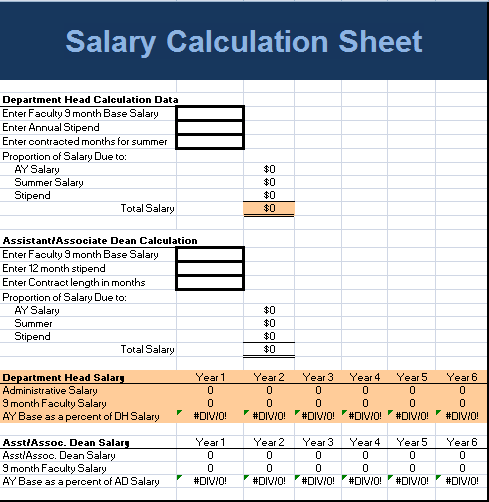
Double-entry bookkeeping creates a “mirror image” of both sides of each financial transaction, allowing you to compare one column of credits against a column of debits and easily spot any discrepancies. Although single-entry bookkeeping is simpler, it’s not as reliable as double-entry and isn’t a suitable accounting method for medium to large businesses. The list is split into two columns, with debit balances placed in the left hand column and credit balances placed in the right hand column. Another column will contain the name of the nominal ledger account describing what each value is for.

Additionally, the balance sheet, where assets minus liabilities equals equity, must also be balanced. Double-entry bookkeeping, also known as double-entry accounting, is a method of bookkeeping that relies on a two-sided accounting entry to maintain financial information. Every entry to an account requires a corresponding and opposite entry to a different account.
Benefits Of Double-Entry Bookkeeping
This declaration is called a “chart of accounts.” Some examples might include cash, rent and supply accounts. Double entry accounting can be time-consuming for SMBs with limited resources. However, it offers increased financial control and visibility into their daily operations. single step income statement Double entry accounting records both the increase and decrease in all these accounts, resulting in a zero-sum balance. Double-entry bookkeeping’s financial statements tell small businesses how profitable they are and how financially strong different parts of their business are.

In order to achieve the balance mentioned previously, accountants use the concept of debits and credits to record transactions for each account on the company’s balance sheet. Double-entry bookkeeping means that a debit entry in one account must be equal to a credit entry in another account to keep the equation balanced. Every modern accounting system is built on the double entry bookkeeping concept because every business transaction affects at least two different accounts. For example, when a company takes out a loan from a bank, it receives cash from the loan and also creates a liability that it must repay in the future. This single transaction affects both the asset accounts and the liabilities accounts.
Who invented double-entry accounting?
Since a debit in one account offsets a credit in another, the sum of all debits must equal the sum of all credits. Double entry accounting, also called double entry bookkeeping, is the accounting system that requires every business transaction or event to be recorded in at least two accounts. In other words, debits and credits must also be equal in every accounting transaction and in their total. For the accounts to remain in balance, a change in one account must be matched with a change in another account. Note that the usage of these terms in accounting is not identical to their everyday usage. Whether one uses a debit or credit to increase or decrease an account depends on the normal balance of the account.
- The company gains $30,000 in assets from the machine but loses $5,000 in assets from cash.
- There are recorded instances of double-entry bookkeeping from as far back as 70 A.D.
- Because you bought the inventory on credit, your accounts payable account also increases by $10,000.
- The total of the debit column must equal the total of the credit column.
- The company should debit $5,000 from the wood – inventory account and credit $5,000 to the cash account.
This program can identify revenue and expenses, calculate profits and losses, and run automatic checks and balances to notify you if something needs your attention. The likelihood of administrative errors increases when a company expands, and its business transactions become increasingly complex. While double-entry bookkeeping does not eliminate all errors, it is effective in limiting errors on balance sheets and other financial statements because it requires debits and credits to balance.
Double Entry Accounting
Many popular accounting software applications such as QuickBooks Online, FreshBooks, and Xero offer a downloadable demo you can try. If you’re ready to use double-entry accounting for your business, you can either start with a spreadsheet or utilize an accounting software. By entering transactions properly, your financial statements will always be in balance.
However, if you enter a growth phase, want to bring on investors, or plan to apply for small business loans, you’ll want to consider switching to a double-entry system. Double-entry bookkeeping produces reports that allow investors, banks, and potential buyers to get an accurate and full picture of the financial health of your business. If you’d rather not have to deal with accounting software at all, there are bookkeeping services like Bench (that’s us), that use the double-entry system by default. If you debit a cash account for $100, it means you add the money to the account, and if you credit it for $100, it means you subtract that money from the account. This then gives you and your investors or bank manager a good picture of the financial health of your business. The best way to get started with double-entry accounting is by using accounting software.
Examples of Double Entry Accounting
Since that makes your debit and credit balances equal, it satisfies the requirements of the double-entry accounting system. However, you still have to record journal entries for transactions that the software can’t pick up automatically, such as non-cash expenses. For example, you must record depreciation to track the cost of wear and tear on your physical assets, but it’s not an expense you pay for with cash or credit. For this method to work, you will have to record these entries in the proper financial statements, including your balance sheet and income statement.
What Is the Difference Between Single-Entry Accounting and Double-Entry Accounting?
Assets (the inventory account) increase by $1,000 and liabilities (accounts payable) increase by $1,000. The products on the market today are designed with business owners, not accountants, in mind. Even if your knowledge of accounting doesn’t extend beyond Accounting 101, you’ll find most accounting software applications easy to use. Unlike single-entry accounting, which requires only that you post a transaction into a ledger, double-entry tracks both sides (debit and credit) of each transaction you enter. Double-entry bookkeeping is the concept that every accounting transaction impacts a company’s finances in two ways.
The Double-Entry Accounting System
Double entry accounting is a record keeping system under which every transaction is recorded in at least two accounts. There is no limit on the number of accounts that may be used in a transaction, but the minimum is two accounts. There are two columns in each account, with debit entries on the left and credit entries on the right. In double entry accounting, the total of all debit entries must match the total of all credit entries.










